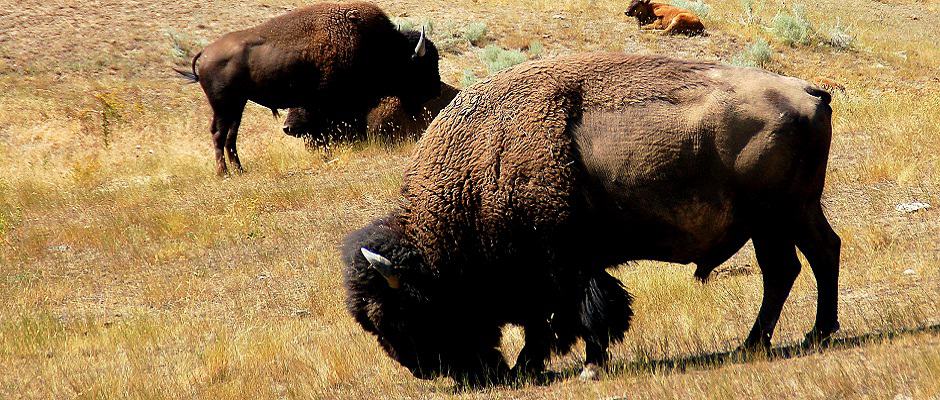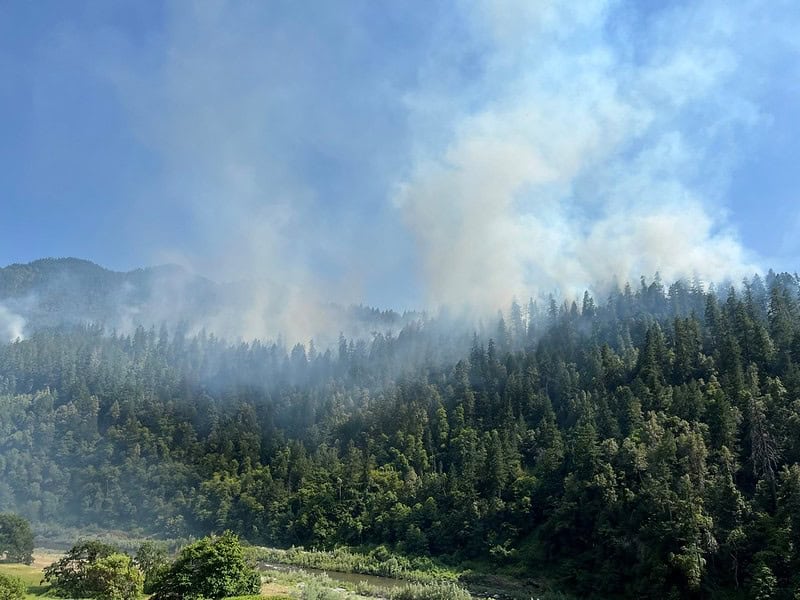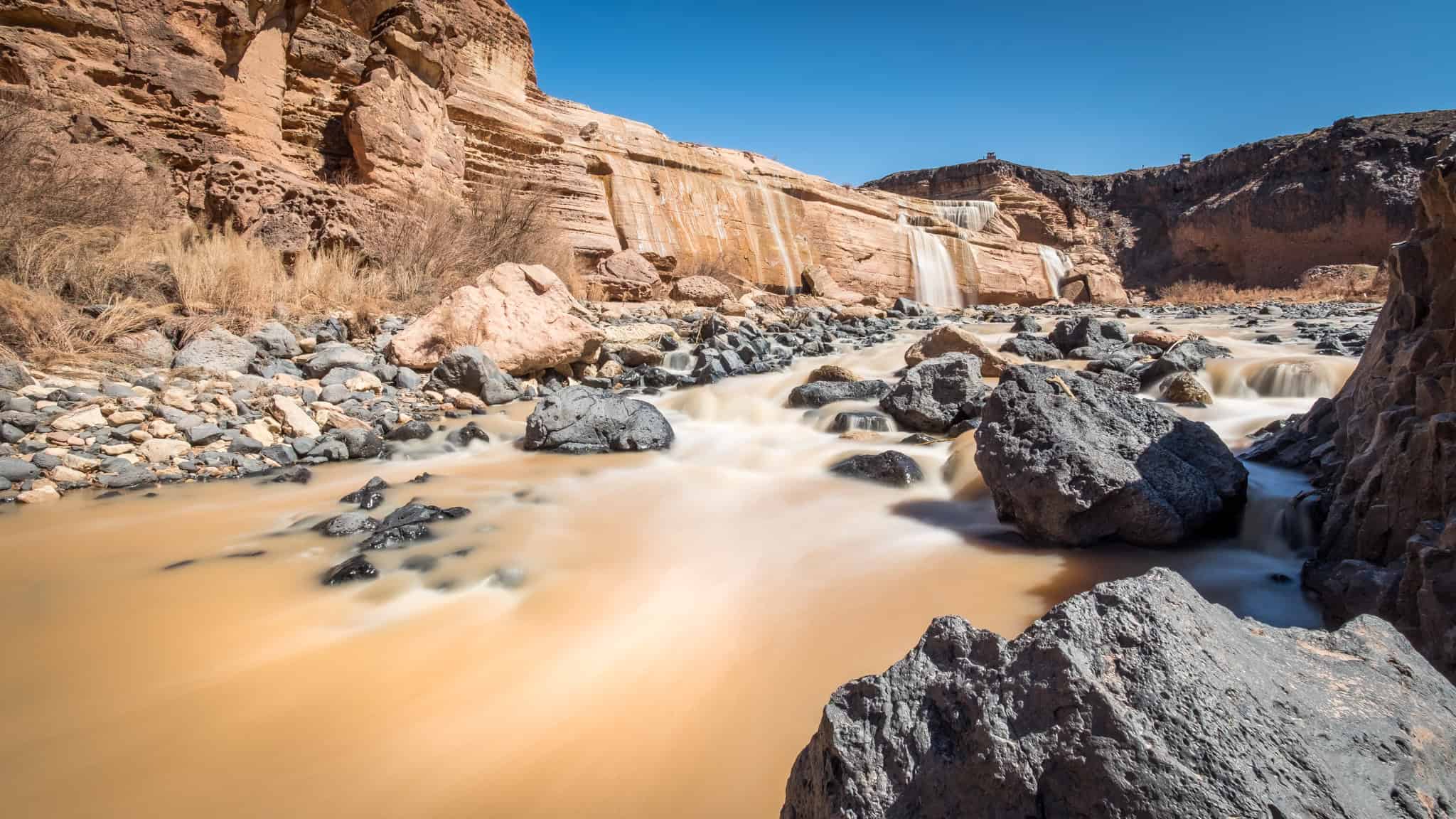Share this article
Poor countries top wealthy ones in conserving large land mammals
Without serious international conservation effort, countless large mammals are likely to go extinct. Recent rankings evaluating various countries’ contributions to conservation, however, revealed that developed nations fall behind developing ones.
“Rich countries are not doing as much to contribute to saving megafauna as you might expect,” said William Ripple, coauthor on the paper published in Global Ecology and Conservation.
Starting early last year, Panthera, a wild cat conservation organization based in New York, led researchers worldwide in ranking 152 countries’ efforts to preserve terrestrial megafauna. This group of species contains over 100 big land-based carnivores and herbivores, such as the gray wolf (Canis lupus) and American bison (Bison bison).
Ripple’s team created a Megafaunal Conservation Index (MCI) and assessed nations against it. The MCI ranks countries based on the percentage of their gross domestic product that they donate to conservation programs, the number of megafaunal species ranging within them and the percentage of megafauna habitat within their borders that they protect as parks or reserves.
“There are quite a few rich countries that did not rank high in our ranking,” said Ripple, distinguished professor of ecology at Oregon State University.
According to the results, despite struggling with economic and political instability, African nations put more toward conservation than those in other continents. Of the top five ranked countries — Botwana, Namibia, Tanzania, Bhutan and Zimbabwe — four are in Africa. Canada ranked eighth, while the U.S. came in at 19th.
The gap in conservation effort between affluent and poorer nations could be attributed to the fact that a lot of threatened megafauna are endemic to the less wealthy ones, which protect swaths of land to preserve these species, Ripple said.
“Rich countries in Europe and North America sometimes do not score as high because they are outside the range of many megafaunal species,” he said. “And they have a high GDP. Therefore, it would take a significant contribution to make a significant percent of the GDP.”
Ripple hopes the study will raise awareness about the importance of strongly investing in the conservation of large land mammals at risk, both in range countries and beyond. The MCI could highlight initiatives under way and attract donors, he said. If it were republished annually, the ranking could track nations’ progress in conservation, hold them accountable for doing better and incentivize enhanced efforts to prevent the extinction of megafauna, he said.
“These animals are icons humans love most — tigers, elephants, rhinos, cheetahs,” Ripple said. “But the public is not aware of how they’re on the brink, their ranges collapsing and populations declining. We need to get the word out about the conservation of megafauna, and this MCI is a simple thing for people to see the efforts of individual countries to save these species.”
Header Image: American bison. ©Keith Ewing








